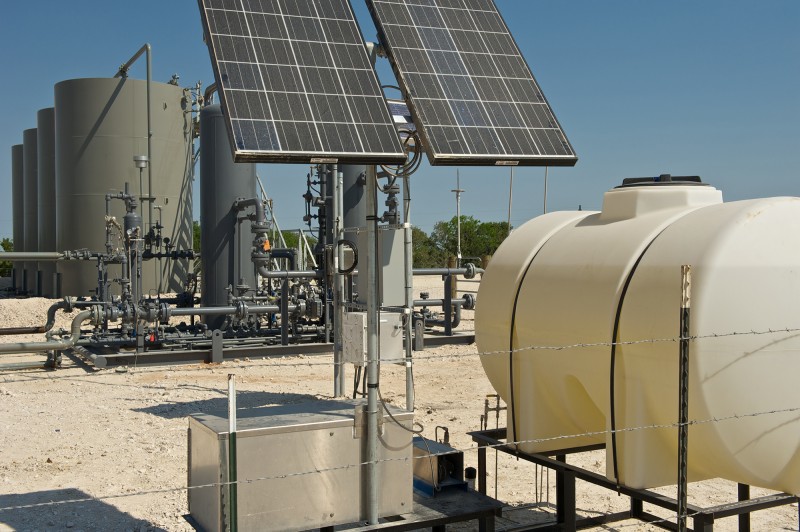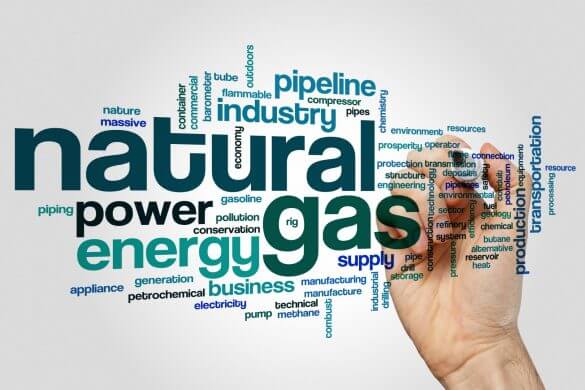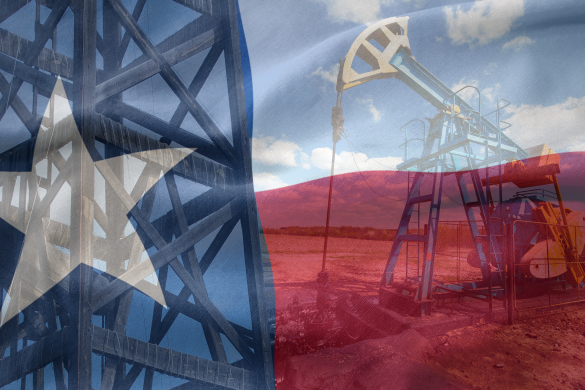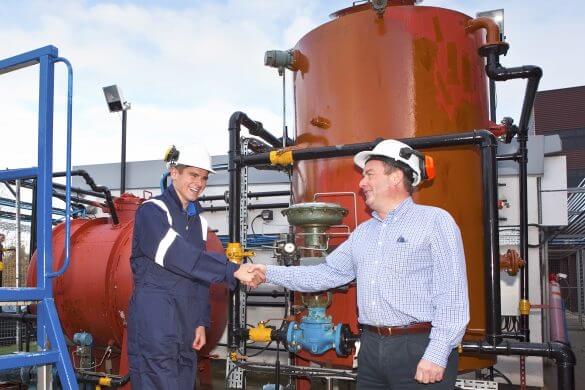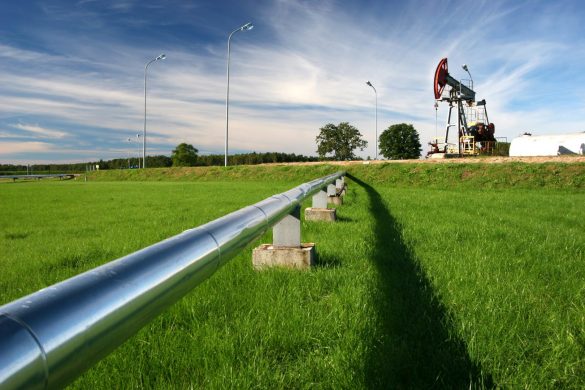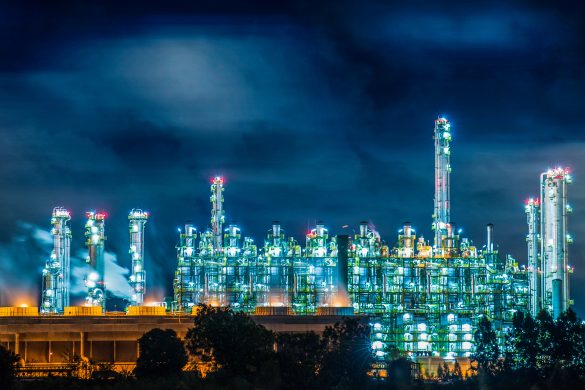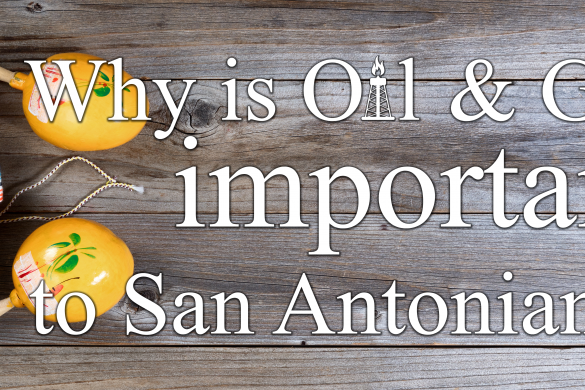If you were to visit each one of ConocoPhillips’ 900 well sites throughout the Eagle Ford, you would find one piece of equipment at nearly every site: solar panels.
While solar panels are not the type of equipment people may equate with an oil and gas producer, in the Eagle Ford, solar panels serve a very important function. They allow us to monitor, control and communicate with our wells.
About 90 percent of the power we use to monitor wells in the Eagle Ford comes from solar power. In fact, we produce 1.2 megawatts of power per day, which is enough energy to power an entire city block.
Utilizing solar power throughout the field allows ConocoPhillips employees to monitor, control and communicate with each well from anywhere in the world. With just a few clicks of the mouse, employees can check various temperatures, pressures, levels, controls and multiple other data points within any of the facilities or well assets.
“As the number of wells increases, it’s difficult to physically inspect every well daily,” said Charles Bard, Eagle Ford Instrumentation & Electrical Supervisor. “However, thanks to technology and solar power, we can monitor each well remotely. If pressures or well conditions change unexpectedly, employees are alerted and teams are dispatched to the wellsite to determine the cause.”
When Hurricane Harvey headed towards the Eagle Ford in late August, ConocoPhillips shut-in production, and even though oil and gas were not flowing from the wells, employees were still able to monitor wells from a remote location. This ability was crucial, especially when the field was starting back up and crews couldn’t physically be at each well site during startup.
“Even though we’re an oil and gas producer, we are committed to reducing our energy use and decreasing emissions from our operations. Using solar energy to monitor and communicate with our wells, helps us do both,” said Charles.
This original content was provided by Conocophillips. Please visit www.conocophillips.com for more information.


